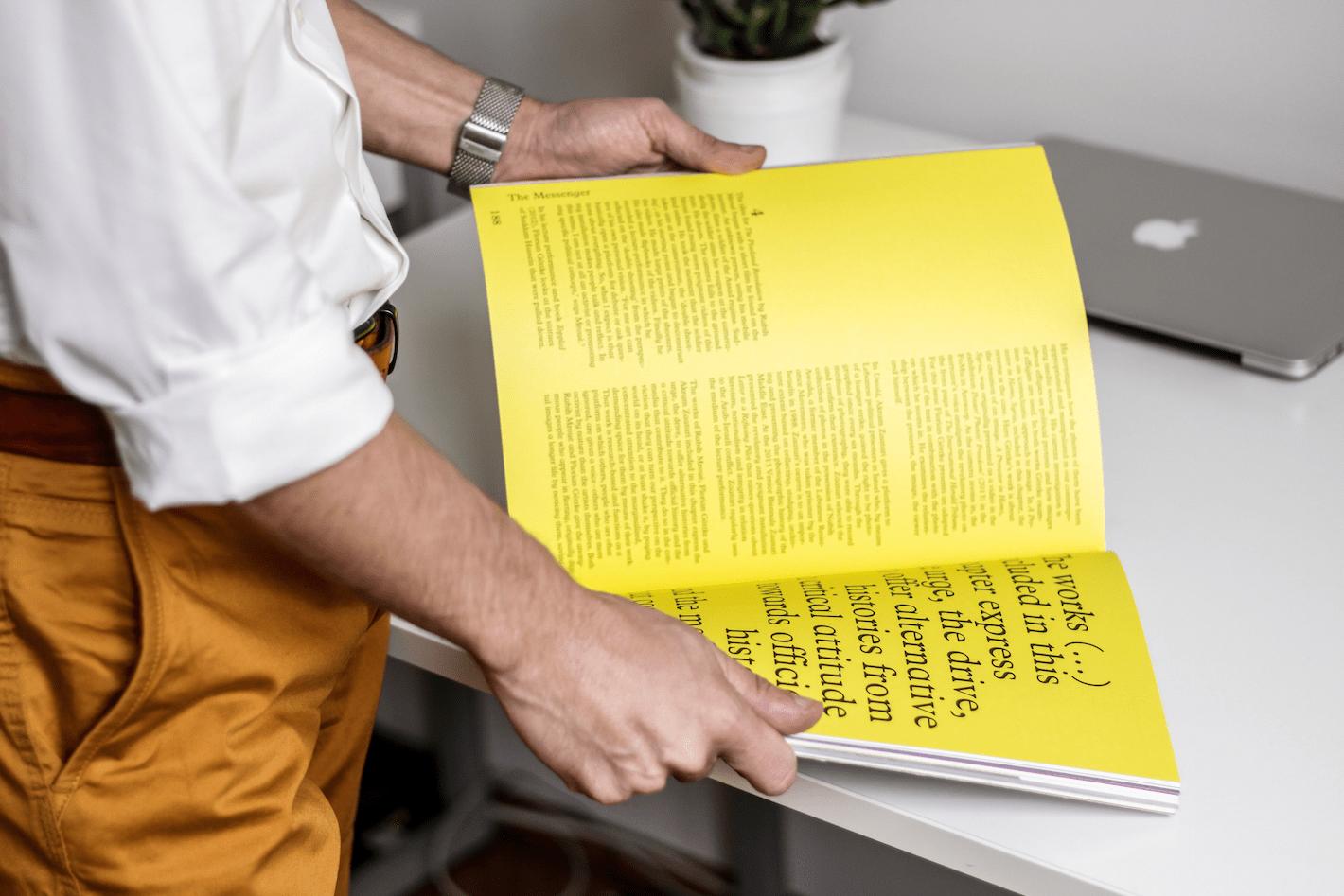The portfolio should contain your best (!) projects that reflect your style, your skills, your work experience. With the help of portfolios, candidates are evaluated before being invited for an interview.
Many of you can face the question “how to create a ui ux portfolio”. So let’s take a look at some of the most important general rules for preparing a portfolio:
- Always present your portfolio in a clear and organized manner. Avoid sending multiple separate images as it can be difficult for the viewer to understand your abilities. Instead, upload your portfolio to online platforms such as Behance, Dribble, or Invision, or create a simple website to showcase your work.
- Quality is more important than quantity. Showcase only a few high-quality projects that truly demonstrate your design skills. Avoid including multiple copied images from Dribble, and invest time in creating thoughtful, well-designed projects.
- Specialize your portfolio for different areas of design. For example, if you are a motion designer, don't mix that work with your UX/UI portfolio. This will help potential employers understand your areas of expertise and make it easier for them to evaluate your qualifications. Of course you can add all your skills in the resume, but better to make separate portfolio fo them.
- Provide context and background information for your projects. In addition to showcasing images, explain the goals, challenges, and solutions of each project. This will give insight into your design process and how you approach problem-solving.
All these portfolio tips are based on my own experience and they helped me to get an offer from one of the best companies in Poland. But to guarantee the best advice I have talked with six top-notch designers who have extensive experience in not only working as a designer, but also in hiring fresh minds. For convenience, I divided their design portfolio tips into UX and UI parts.
Creating a strong portfolio can be challenging, and many designers make common mistakes that can negatively impact the impact of their portfolio. From overwhelming the viewer with too much information, to failing to provide sufficient context for their design decisions, it's important for designers to be aware of these common mistakes to ensure their portfolio is effective in communicating their design abilities.
UX Portfolio
Common mistakes:
- Highlight the analytical aspect of your design process. As a UX designer, it's important to demonstrate your ability to conduct research, gather information, and find solutions to problems. Include information about your research and problem-solving methods in your portfolio, in addition to showcasing images of your layouts. This will give potential employers a better understanding of your design thinking and skills.
- Keep case studies concise. Avoid including too much text and images in your case studies, as it can be overwhelming and time-consuming for the viewer. Instead, focus on showcasing the most important information and key takeaways from each project.
- Include clear introductions and conclusions in your case studies as well as all possible numbers like KPIs. It's important to provide context and background information for each project, so that potential employers can understand the scope and objectives of the work. Additionally, including clear conclusions will help the viewer understand the outcome of the project and the designer's key achievements.
Advice:
- Stand out with unique and diverse projects. Showcase works that differ from what others in your field. If you have a non-commercial project, choose a unique and unconventional topic, rather than something common like a yoga class or dog shelter website. This will help you stand out and demonstrate your creativity and individuality.
- Tell a story with your case studies. Use a narrative format to describe the beginning, process, and outcome of each project. This will make your case studies more engaging and easy to follow. Break down your story into sections and supplement with images, videos, and other relevant information as needed.
- Keep your case studies simple and easy to understand. Use clear language and avoid using too many industry-specific terms. Remember that HR specialists may be the first to review your portfolio, so make sure it is easy for them to understand your work.
- Make sure your case studies are visually pleasing. Even if you are not a UI designer, take time to make sure your case studies are well-designed and polished. Remember that the first impression is important and your case studies should be easy on the eyes. If you are not very goos in UI you can always find ux ui portfolio examples and take some ideas for your case-study presentation.
UI Portfolio
Common mistakes:
- Poor presentation: a poorly designed or unorganized portfolio can make it difficult for viewers to find the information they're looking for and can create a negative impression of the designer's attention to detail.
- Lots of pictures and no specifics. Even in the UI portfolio, it is necessary to explain why certain decisions were made, because “Well, I wanted to” option might not work.
- It is a common mistake for designers to neglect to include a library of styles, components, and a design system in their portfolio. However, it is important to remember that the role of a UI designer extends beyond mere decoration and includes the development of these fundamental elements.
- Neglecting the importance of designing for different screen sizes, specifically mobile, and accessibility considerations.
Advice:
- Include only your most memorable and strongest projects in your portfolio. If you're unsure which projects to include, ask friends or colleagues to pick their favorites or the ones that stand out the most to them. If you only have one project to showcase, make sure it is unique and showcases your abilities in the best way possible.
- Create a prototype and include it in your portfolio. This will demonstrate your ability to work with prototyping tools and give a better understanding of how your designs function.
- Showcase your designs on different device screens and include the grid you worked on. This will demonstrate your attention to detail and understanding of responsive design principles.
- Include a UI kit in your portfolio. This will show your ability to create and work with design systems, styles, and components.
It is important to remember that creating a strong portfolio takes time and effort. It's worth investing the time to create a high-quality portfolio that effectively showcases your skills and experience. By following the portfolio advice outlined above, you can create a portfolio that is well-organized, easy to understand, and highlights your unique abilities as a designer. Remember to stay true to yourself and your own style, and to make sure that the portfolio is visually pleasing, easy to navigate and tells a story. By creating a strong portfolio, you will increase your chances of landing your dream job in the design field. Remember to also learn how to present a portfolio, as even the best UI/UX portfolios can be negatively impacted by poor presentation.





